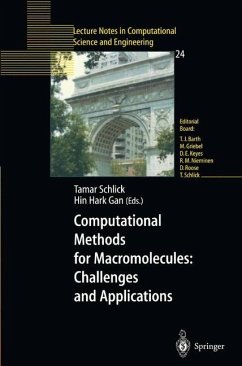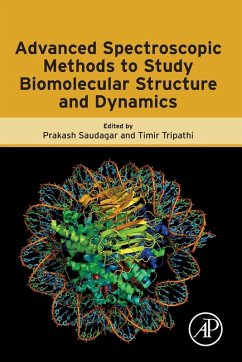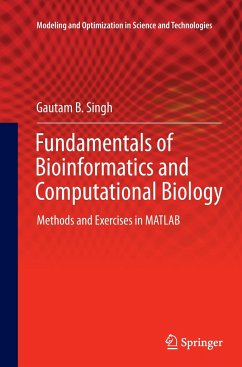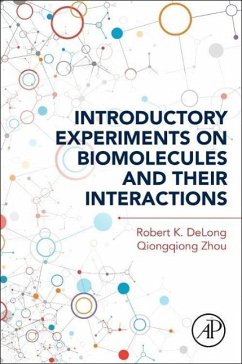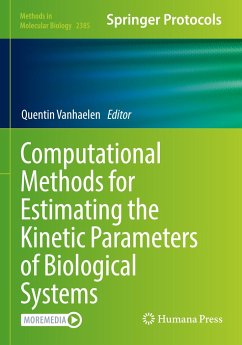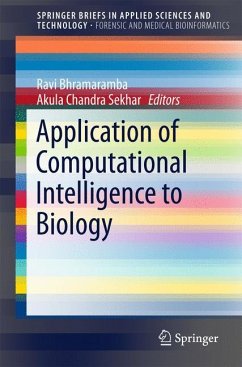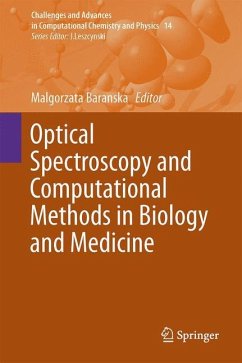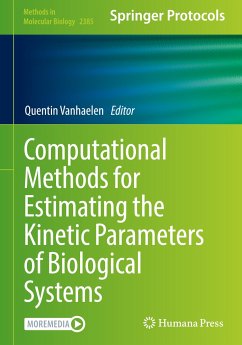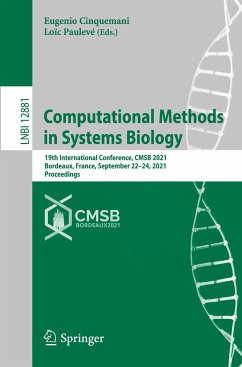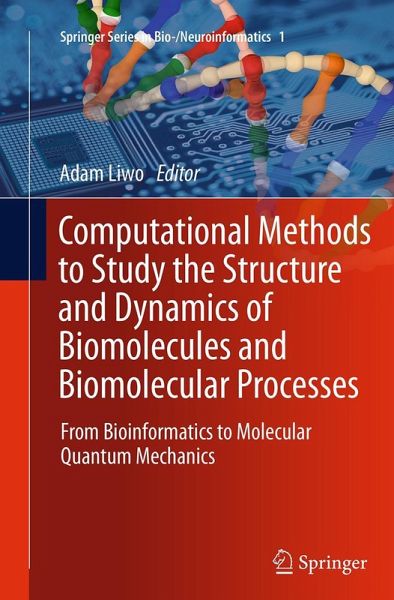
Computational Methods to Study the Structure and Dynamics of Biomolecules and Biomolecular Processes
From Bioinformatics to Molecular Quantum Mechanics
Herausgegeben: Liwo, Adam
Versandkostenfrei!
Versandfertig in 6-10 Tagen
142,99 €
inkl. MwSt.

PAYBACK Punkte
71 °P sammeln!
Since the second half of the 20th century machine computations have played a critical role in science and engineering. Computer-based techniques have become especially important in molecular biology, since they often represent the only viable way to gain insights into the behavior of a biological system as a whole. The complexity of biological systems, which usually needs to be analyzed on different time- and size-scales and with different levels of accuracy, requires the application of different approaches, ranging from comparative analysis of sequences and structural databases, to the analys...
Since the second half of the 20th century machine computations have played a critical role in science and engineering. Computer-based techniques have become especially important in molecular biology, since they often represent the only viable way to gain insights into the behavior of a biological system as a whole. The complexity of biological systems, which usually needs to be analyzed on different time- and size-scales and with different levels of accuracy, requires the application of different approaches, ranging from comparative analysis of sequences and structural databases, to the analysis of networks of interdependence between cell components and processes, through coarse-grained modeling to atomically detailed simulations, and finally to molecular quantum mechanics.
This book provides a comprehensive overview of modern computer-based techniques for computing the structure, properties and dynamics of biomolecules and biomolecular processes. The twenty-two chapters, written by scientists from all over the world, address the theory and practice of computer simulation techniques in the study of biological phenomena. The chapters are grouped into four thematic sections dealing with the following topics: the methodology of molecular simulations; applications of molecular simulations; bioinformatics methods and use of experimental information in molecular simulations; and selected applications of molecular quantum mechanics. The book includes an introductory chapter written by Harold A. Scheraga, one of the true pioneers in simulation studies of biomacromolecules.
This book provides a comprehensive overview of modern computer-based techniques for computing the structure, properties and dynamics of biomolecules and biomolecular processes. The twenty-two chapters, written by scientists from all over the world, address the theory and practice of computer simulation techniques in the study of biological phenomena. The chapters are grouped into four thematic sections dealing with the following topics: the methodology of molecular simulations; applications of molecular simulations; bioinformatics methods and use of experimental information in molecular simulations; and selected applications of molecular quantum mechanics. The book includes an introductory chapter written by Harold A. Scheraga, one of the true pioneers in simulation studies of biomacromolecules.




